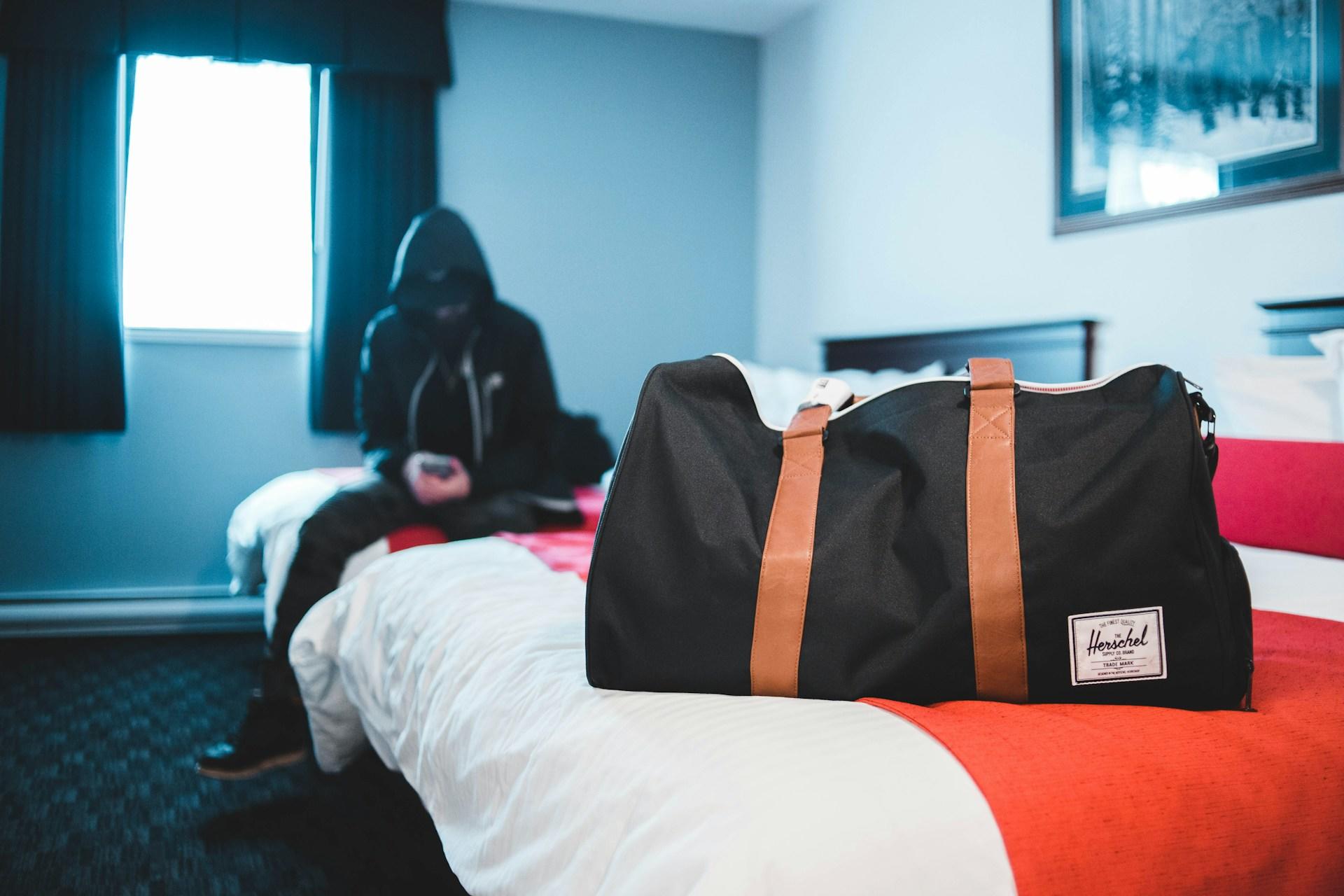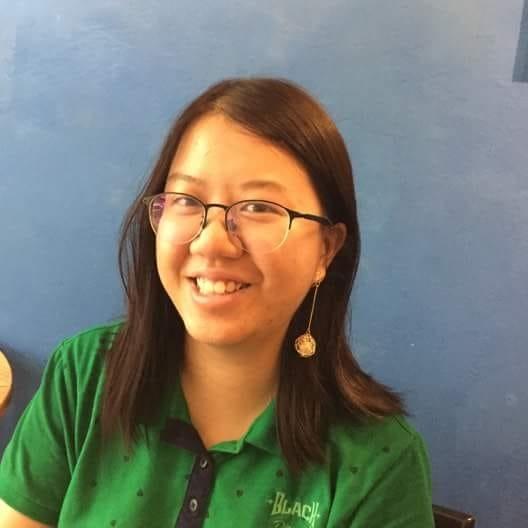For parents and young kids, some of the most significant decisions you will make as a family revolve around education — which school to go to, and why choose that school.
The next heated debate that the family will face when it comes to education for age levels (preschool, elementary, high school) is none other than public or private schools.
In this article, we will ease your decision-making process based on the following points:
- Academic outcomes
- Extracurricular activities and facilities
- Costs and funding differences
- Admission process and entry requirements
- Evaluations before the final decision

Academic Outcomes — Balancing Needs & Wants
While both public and private schools in Canada can offer a quality learning experience for students, they offer distinctive educational experiences.
Both parents and students must weigh their needs and wants in terms of the differences in academic outcomes — desired academic rigour, class size, and personalized support.
Curriculum Standards and Flexibility
Generally, public schools in Canada follow a standardized curriculum according to their provinces to ensure education consistency. The guidelines for subjects like English, Mathematics, French, and social studies are overseen by the respective province's ministry of education.
For instance, every public school student in Ontario has to take the Education Quality and Accountability Office (EQAO) assessment for reading, writing and mathematics when they are in Grade 3, 6, and 9 respectively. After that, the students have to sit for the Ontario Secondary School Literacy Test (OSSLT) to graduate when they are in Grade 10.
Only some public schools in Canada offer International Baccalaureate and Advanced Placement programs, depending on their academic resources and funding.
Students in Canadian private schools, on the other hand, have more flexibility in terms of teaching methods like the Montessori learning approach.
They can choose from the provincial curriculum or have a wider range of learning programs such as STEM-focused programs, and specialized university preparatory courses in addition to the International Baccalaureate (IB), and Advanced Placement (AP), especially among private schools in Canada.
Class Size, Student-Teacher Ratio & Personalized Support
Public schools tend to have a larger class size, especially in urban areas like Toronto, Vancouver, and Montreal — even going up to 35 students per class. This limits the individual and personalized attention that the teachers can provide for every child during classroom learning.

Private schools have smaller class sizes, which results in lower student-teacher ratios. This means students can experience greater personalized learning support in terms of instruction and feedback from their teachers effectively.
For example, the average class size of Rosseau Lake College, an independent co-ed school in Ontario is 18 students.
Capacity for Extracurricular Activities and Facilities
Another key difference between public and private schools is their range of extracurricular programs offered and their available facilities.
When it comes to public schools, the scope of basic resources for certain clubs and societies, and the intensity of sports program training provided for each student can vary according to the school's location (urban area vs small town) and the school's funding. For instance, not every public school has specialized elite sports programs or societies for their students.
On the other hand, many top private schools in Canada offer their students the best of both worlds for a comprehensive learning experience — encompassing academics and extracurricular activities.
| Activity/Program Offered | Name of School | Location | Type of school |
|---|---|---|---|
| Equestrian Program | Tanbridge Academy | Calgary | Independent day school (co-educational) |
| Model United Nations (MUN) | Upper Canada College | Ontario | All-boys private school (day and boarding) |
| Sailing Club | Lakefield College School | Ontario | Private school (co-educational day and boarding) |
| Global Ideas Institute | Bishop Strachan School | Ontario | All-girls indepdendent school (day and boarding) |
| GAIA Environmental Club | Branksome Hall | Ontario | All-girls indepdendent school (day and boarding) |
| Jiu Jitsu | Brentwood College School | British Columbia | Private school (co-educational day and boarding) |
| Round Square Club | Appleby College | Ontario | International independent school (co-educational day and boarding) |
Let's say you are a parent with a child who is a talented singer or actor, you might want to look for a school with a dedicated performing arts centre, which is usually present in many private schools.
Some examples of private schools with well-equipped performing arts facilities include Upper Canada College (Toronto, Ontario), and St. Michael's University School (Victoria, British Columbia).

Accessibility, Cost Differences and Funding For Different Schools
This is certainly one of the most apparent differences — socioeconomic characteristics between both public and private schools.
In terms of accessibility and cost, any Canadian student can receive public education, whether it's public elementary school or public high school. They will be assigned to public schools according to their local address. For example, if you are based in Ontario, you will be sent to a public school in the same area.
Public schools in Canada are basically free of charge for locals as they are funded by the country's taxes and receive support from the government based on the provinces.
In contrast, private education depends greatly on tuition fees and donations for funding. That's why it is exclusive and more costly to study in a private school as it requires a high tuition fee and further expenses, which can go up to 40,000 Canadian dollars per year according to the prestige and location of the private school.
Apart from local students, many international students across the globe also apply to study in various private schools in Canada to seek quality education abroad, where they are required to pay a higher tuition fee.
That said, every student (regardless of their nationality) who chooses to live on campus (boarding options) will have to pay a higher tuition fee and additional expenses for laundry and transportation, for instance.

Admission Process and Entry Requirements For Private Schools
For Canadian public schools, enrolment is a pretty straightforward process as there is no competitive admission.
On the flip side, admission to private schools is a whole different ball game, involving lots of documentation preparation, entrance assessment and even interviews.
While it's important to review the timeline and deadlines of the application, it's also good to keep your eyes on information on scholarships and financial aid options for private schools.
Many parents and students will do their research on multiple Canadian private schools and apply to a few of them to increase their chances of acceptance.
While reviewing and comparing the information of the private schools on their websites, be sure to check the spaces available for the upcoming intake according to the respective grades and birth year. Some private schools only open up admission for specific year levels, whereas others are limited and based on availability or re-enrolment.
If you prefer a direct approach to view the latest information about the admission details of different private schools in Canada in one shot, we highly recommend you to attend a private education expo near you.
Generally held throughout the year to help parents and students explore various private school options and finalize their decisions before the final admission instead of visiting the schools one by one.
This is where both parents and students can meet the admission officers to ask as many questions as possible about the overall entry requirements, school resources, and learning programs.
Most importantly, they can brief you extensively on the admission process from A to Z. For instance, what documents to prepare, the latest application fees (for both day school and boarding school) as well as what the private schools are looking for in a prospective student through the entrance tests and interviews.
For example, international students need to add a document proof of their English language proficiency and also submit their translated academic transcript (either in English/ French depending on the location of the private school).
Essentially, both local and international applicants need to complete the online application and submit the relevant documents before the specified deadline.
Once the admission team from the respective private school has reviewed the overall documentation, they will shortlist a group of students for entrance tests and interviews. Group assessments will be conducted for young kids who are applying for private kindergarten. In some cases, students will only be contacted for interviews after their entrance test results are out.

In this case, your previous report card transcripts for the past two years and also your entrance test grades matter.
Bear in mind that the assessments for Canadian day school applications and boarding option applications for private schools could be different in terms of scope and mode (physical/online).
Applicants will be notified of the interview outcome on a separate date after the whole reviewing process is over. If successful, they will be given an enrolment guide by the admission officers and briefed on the next step as they become new students of that private school.
Evaluations Before Choosing Between Public or Private Schools
Now that you have looked at the major differences between Canadian public schools and private schools, it's time to reflect on certain aspects before making the final decision.
Firstly, parents have to evaluate their children's learning strengths and needs objectively. Are they academically inclined or ready for rigorous academic pursuits? Or are they more artistic or athletic?

If the child is older and can express their view about their preferred learning curriculum or program, that should also be considered.
Whether it's an academic subject, sports or art-related program, Superprof Canada offers a wide range of private tutoring for students of all ages. Students can easily look for physical tutors or online tutors near them to enhance their understanding of any desired field of study.
Through the tutors' profiles, they can view all the tutors' basic information ranging from their teaching experience, learning subject specialization, students' reviews and their hourly rates. Learning has never been so easy!
Secondly, parents should consider your financial resources and whether the family can afford a substantial tuition fee in the long run, if they are thinking of picking a private school in Canada. This applies to both local and international families.
Next, it's essential to evaluate the location and accessibility of the schools. While public schools are generally close to your residential area, your desired private school to study could be in a different city (for example, Toronto) or even province (British Columbia). So there are transportation matters to think of alongside boarding options.
Parents, if you have reviewed these aspects, you should be able to decide which is the best school option for your child.
Students, whether you choose to enrol in a public or private school, day school or boarding school remember that education should be your main priority regardless of which year you are in.
“Education is one thing no one can take away from you.”
— Elin Nordegren












